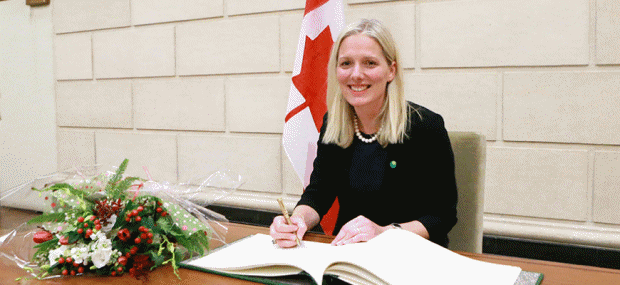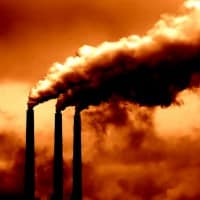New regulations for Canada will see the end of conventional coal-fired electricity generation in the country by 2030.
Announced yesterday by Environment Minister Catherine McKenna, coal-fired units will be required to meet a performance standard of a maximum 420 tonnes of carbon dioxide per gigawatt hour (tCO2/GWh) by no later than 2030.
This will effectively rule out continued operation of traditional coal fired power generators, unless carbon capture and storage (CCS) is added – and CCS has proven to be pretty much economically unviable.
80% of Canada’s electricity production is already carbon emissions free, but Minister McKenna wants to boost that to 90% by 2030.

Much of Canada’s electricity comes from hydro-power. In 2014, the country had 542 hydroelectric stations with 78,359 megawatts of installed capacity.
Wind energy is making its mark in the country, with a total installed capacity of 9,694 megawatts at the end of 2014 according to Natural Resources Canada. Solar power is also growing, with 1,843 megawatts of installed capacity by the beginning of last year. Nuclear power also makes a significant contribution.
Some of Canada’s provinces had already been making special efforts to phase out coal.
Last year, the province of Alberta announced plans for two-thirds of all coal-fired electricity to be replaced by renewables by 2030. In 2014, Ontario became the first jurisdiction in North America to eliminate coal as a source of electricity.
“Today, I announced that we will be accelerating the transition from traditional coal power to modern clean energy by 2030,” said Minister McKenna on her Facebook page.
“Transitioning to clean energy sources will be equivalent to taking 1.3 million cars off the road and will improve the air quality for all Canadians! Good news for the environment and the economy.”
It’s certainly good news; but while on the topic of cars, there’s still a huge elephant in Canada’s room – tar sands oil.
Canada’s boreal forests are being destroyed to squeeze out the black gold beneath. Up to four tons earth are dug up and between two to 4 barrels of water are required to produce one barrel of crude from the tar sands. Added to that are issues relating to mercury, arsenic, lead and cadmium pollution. As oil extraction goes, it’s an incredibly energy and emissions intensive exercise.
Top Right Image Credit: BigStock












































